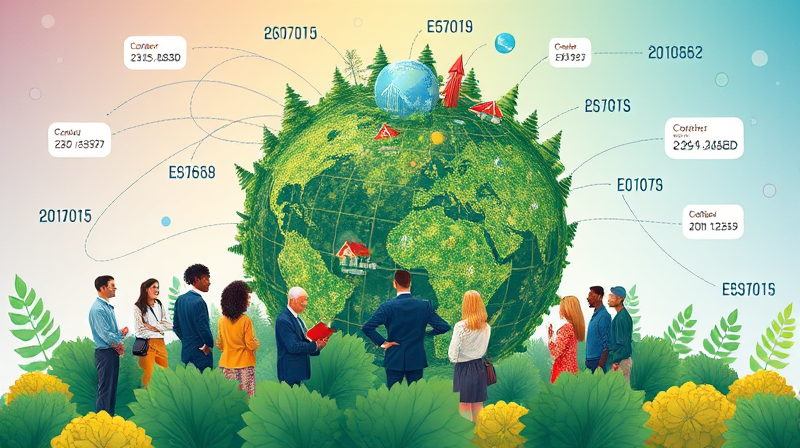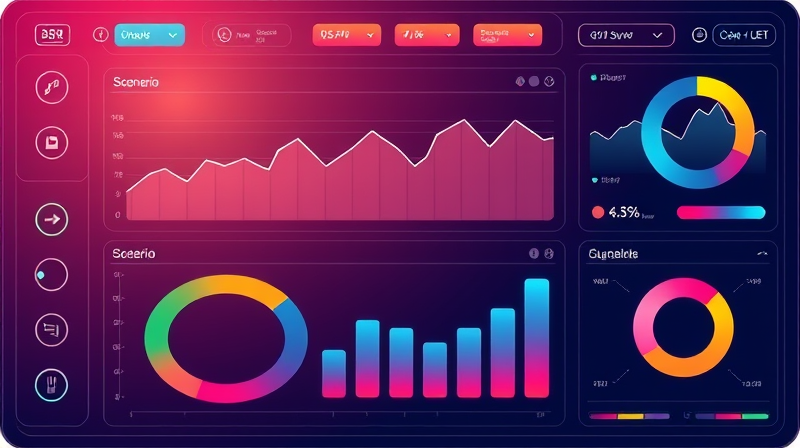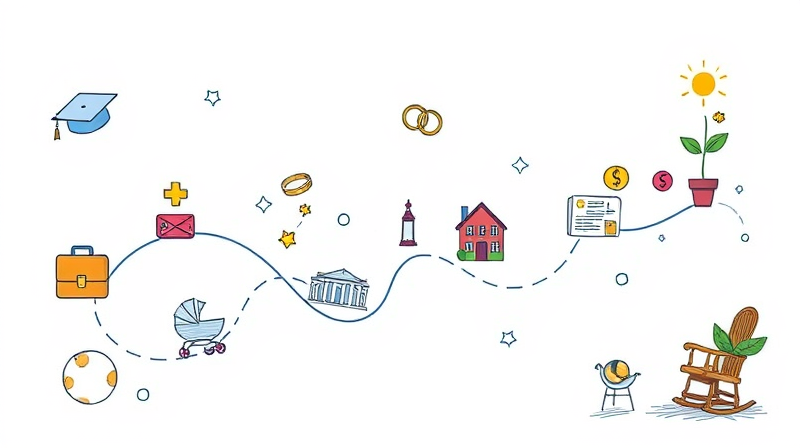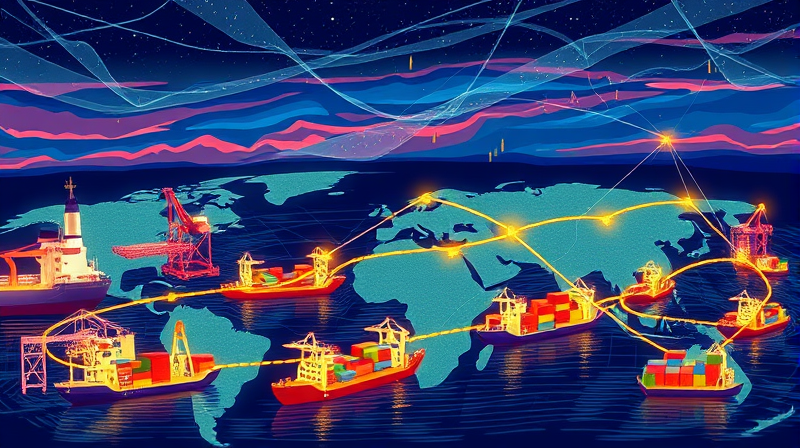
In 2025, the carbon offset market is entering a new era. What began as ad-hoc voluntary projects and compliance schemes has matured into critical financial infrastructure and frameworks guiding global climate action. Institutional players are now at the helm, bringing transparency, scale, and credibility to carbon credits—and charting a path for the next decade of climate finance.
Carbon offset markets allow entities to compensate for their greenhouse gas emissions by purchasing credits that fund emission reduction or removal projects. Two main categories dominate:
Although rooted in the Kyoto Protocol (1997) and energized by the Paris Agreement (2015), carbon markets have historically been fragmented and beset by quality concerns. The landscape is now shifting rapidly as institutions bring structure and discipline.
The first compliance scheme under the Kyoto Protocol set the stage for tradable emission allowances. By the early 2000s, regional initiatives in Europe, North America, and Asia emerged, each with its own rules and registries. The voluntary segment, meanwhile, gained momentum among corporates looking for reputational gains and early climate leadership.
Article 6 of the Paris Agreement created a new foundation for international cooperation, allowing countries to trade credits across borders under standardized reporting and quality criteria. The subsequent development of private registries and protocol updates has laid the groundwork for greater interoperability and trust across markets.
The year 2025 marks a pivotal moment as carbon markets evolve into comprehensive digital registries and innovative platforms. Several factors are driving this transformation:
As institutions step in, they apply rigorous due diligence, strengthen contracts, and insist on audit-grade documentation, pushing the market toward maturity.
The traditional silos separating regulatory and voluntary mechanisms are dissolving. Under Article 6, countries can channel compliance-grade credits into corporate offset strategies, and conversely, high-integrity voluntary credits can fulfill certain regulatory obligations. This fluidity is underpinned by robust third-party verification and rating systems provided by firms like MSCI, Sylvera, and Xpansiv.
Meanwhile, digital innovations such as blockchain-based ledgers and AI-driven quality checks are becoming standard. These tools automate verification, reduce transaction friction, and build trust—critical ingredients for scaling markets at the pace climate science demands.
As markets expand, quality has emerged as the defining axis of value. Early low-quality credits faced backlash over double-counting and limited environmental impact. In response, standards bodies updated 15 methodologies in 2024, aligning criteria with the latest science and stakeholder expectations.
For corporate and financial leaders, the carbon market is both an opportunity and a challenge. Key considerations include:
Developers and brokers can also benefit by scaling nature-based solutions and tech-driven removals, supported by financial guarantees from institutions like the World Bank and private insurers. Policy designers are building national infrastructure using lessons from the voluntary sphere, aiming to mobilize more climate finance effectively.
Despite progress, several hurdles remain:
Institutional structuring is transforming carbon offset markets from niche programs into strategic pillars of climate finance strategy. By 2030, markets could exceed $35 billion in voluntary trade, with compliance schemes firmly integrated under Article 6. Advanced digital registries, rigorous assurance, and growing demand from airlines, manufacturers, and financial institutions will propel the sector forward.
To fulfill their promise, markets must prioritize quality, equity, and transparency alongside growth. With institutional stewardship now in place, carbon offsets can become a robust channel for directing capital toward real-world emission reductions and removals—helping the planet meet its most urgent climate goals.
References













